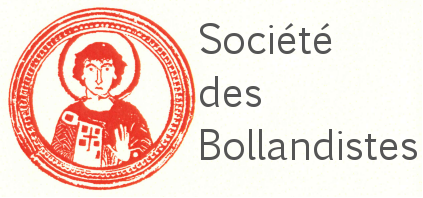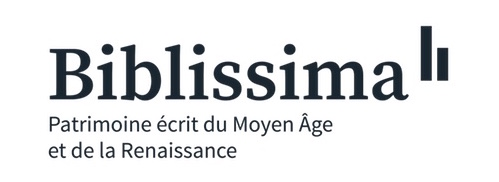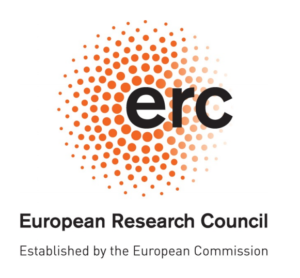Pinakes | Πίνακες
Textes et manuscrits grecs
Résumé :
Focused on the Early Christian and Byzantine iconography of the Holy Trinity, this paper is devoted to the edition and analysis of an epigram (thus far unpublished) that has been transmitted by three manuscripts: Marc. gr. 524 (13th cent.), Vat. gr. 579 (14th-15th cent.) and Barb. gr. 74 (XVII cent.). The epigram is dedicated to the three divine πρόσωπα, which are here depicted according to the visions of the prophet Daniel and their manifestation to the «Forerunner» St. John the Baptist. In fact, the short poem represents in a single «painting» three legitimate images that are in conformity with the morphological canon revealed by the Holy Scripture. It also highlights the long and complex process that led to the legitimation of the divine image: God himself is not representable (cf. vv. 1-2), since He has no physical form; but this did not prevent His representation, nor the development of a specific iconography (cf. vv. 3-5). The epigram’s text and concepts reflect the influence of both pseudoDionysius Areopagites’ theology and, in the final analysis, Neoplatonic thought.| Villes | Dépôts | Fonds | Cotes | Type | Commentaire | Tome | Pages |
|---|---|---|---|---|---|---|---|
| Città del Vaticano | Biblioteca Apostolica Vaticana (BAV) | Barb. gr. | 074 | Éditions utilisant le manuscrit | Sigle B (Durante) | 176 (et n. 39), 177, 178 | |
| Città del Vaticano | Biblioteca Apostolica Vaticana (BAV) | Vat. gr. | 0579 | Éditions utilisant le manuscrit | Sigle V (Durante) | 175-176 (et n. 38), 177, 178 | |
| Venezia | Biblioteca Nazionale Marciana (BNM) | gr. Z. | 524 (coll. 0318) | Éditions utilisant le manuscrit | Sigle M (Durante) | 175 (et n. 37), 176-177, 178 |







